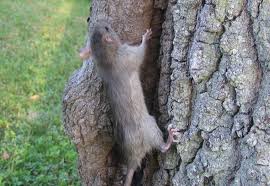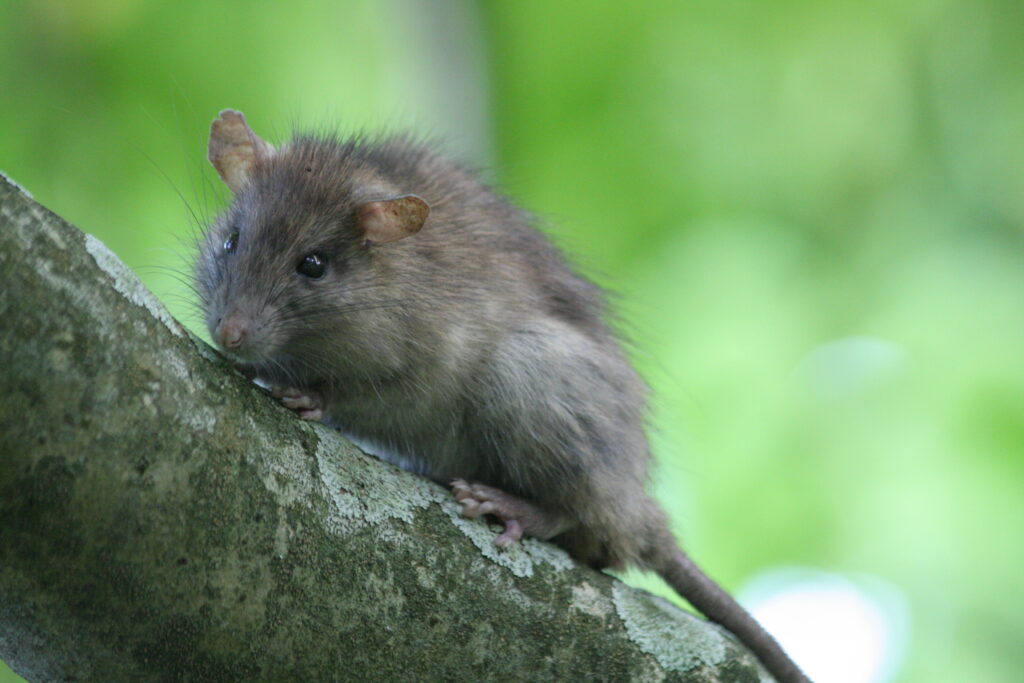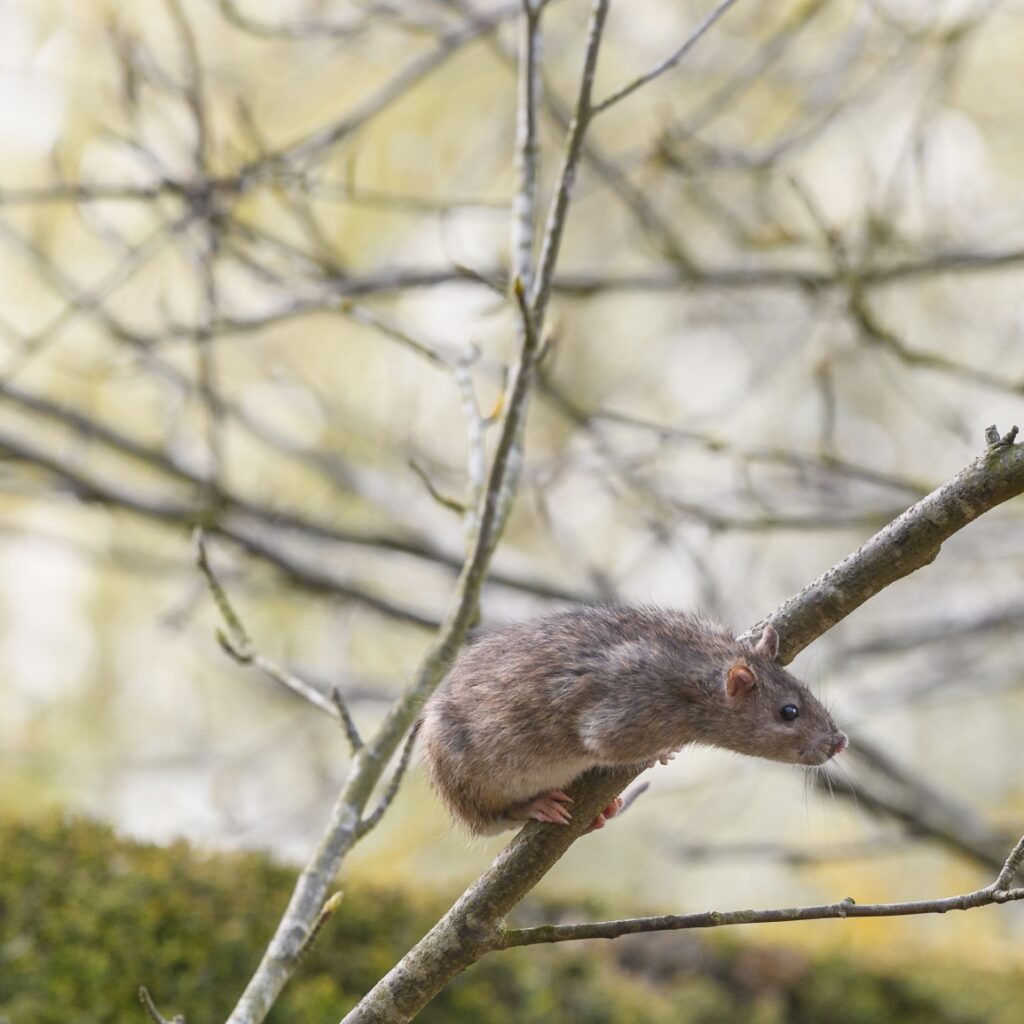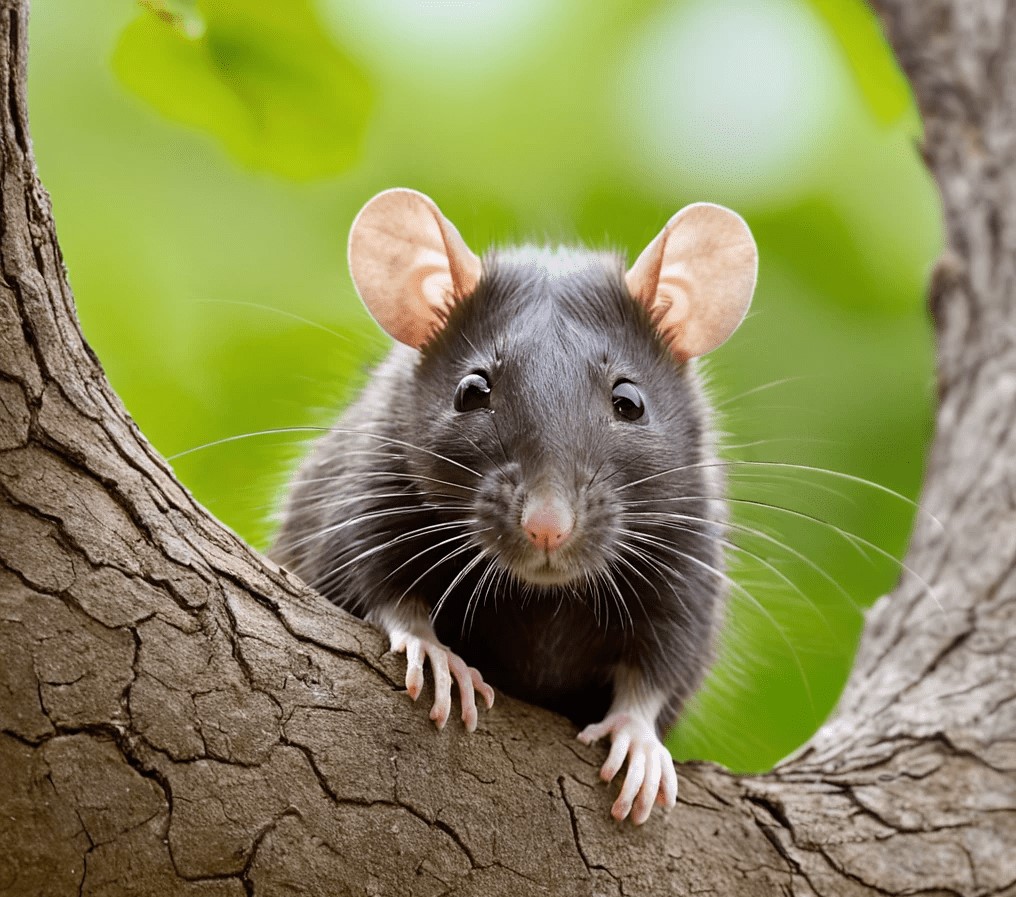Rats are fascinating creatures, known for their adaptability and survival skills. One of the common questions people ask is: “Can rats climb trees?” The short answer is yes, they can. Rats are incredibly agile and resourceful. Their climbing skills play a key role in their ability to survive in different environments. From navigating homes to the great outdoors, their ability to climb makes them more dangerous and harder to control. Understanding their climbing abilities provides insight into how they behave in both urban and rural settings.
Rats are skilled climbers, able to scale walls, ropes, and yes, trees. Their body structure allows them to hold onto surfaces that may seem impossible for other animals to grip. This agility often surprises people, especially when they spot rats in places they wouldn’t expect. However, climbing is just one aspect of a rat’s versatile nature. Their intelligence, curiosity, and physical attributes contribute to their climbing prowess. In this article, we will explore how and why rats climb trees, their physical adaptations, and how this impacts both human and wildlife environments.
By examining the question “Can rats climb trees?”, we can gain a better understanding of how these creatures interact with their surroundings. Their ability to scale vertical surfaces is a testament to their evolution and survival instincts. Through this exploration, we can also uncover ways to manage rat populations and prevent them from becoming pests in our everyday lives.
The Anatomy That Allows Rats to Climb Trees

Can rats climb trees? The answer lies in their physical structure. Rats have evolved in ways that allow them to move swiftly across different surfaces, including trees. Their bodies are lightweight, and their limbs are built for climbing. Let’s take a closer look at the specific anatomical features that make tree climbing possible.
First, rats have sharp claws. These claws allow them to grip onto rough surfaces, such as tree bark, with ease. Their claws are also retractable, enabling them to adjust their grip depending on the surface they’re climbing. This adaptability is one of the reasons rats are such excellent climbers.
Additionally, their tails play a crucial role. A rat’s tail acts as a balancing tool, helping them maintain stability while climbing. The tail is prehensile, meaning they can use it to wrap around branches or other objects for additional support. This feature gives rats an advantage when navigating narrow or uneven surfaces, such as tree branches.
Rats are also flexible. Their bodies can contort into different shapes, allowing them to squeeze through tight spaces or twist their way up vertical structures. This flexibility extends to their climbing ability, where they can easily maneuver around obstacles. The combination of claws, tail, and body flexibility enables rats to climb trees efficiently and without much effort.
Why Do Rats Climb Trees?

Now that we understand can rats climb trees, let’s explore the reasons why they do so. Tree climbing is often a necessary skill for rats, especially in the wild. There are several factors that drive rats to climb trees.
One of the primary reasons is food. Rats are opportunistic feeders, meaning they will eat almost anything they come across. Trees offer a variety of food sources, including fruits, seeds, and even insects. Rats climb trees to access these food sources, especially in environments where food on the ground may be scarce. This survival tactic allows them to thrive even when other food options are limited.
Another reason rats climb trees is to escape predators. In the wild, rats face many dangers from larger animals, including birds of prey, snakes, and even domestic pets. Climbing trees provides them with a quick escape route, giving them a chance to evade capture. The height and complexity of trees make them an ideal refuge for rats seeking safety.
Furthermore, rats use trees to build nests. Just as they burrow into walls and attics in human homes, rats will seek out high places to create nests in the wild. Tree branches provide a safe and sheltered location for their nests, away from ground-level threats. Rats are known to create nests in the hollows of trees or in thick foliage, where they can raise their young in relative security.
Lastly, tree climbing helps rats explore their environment. Rats are curious creatures and will climb trees to investigate new areas. This behavior allows them to find new food sources, potential mates, or safer locations to build nests. Their natural curiosity drives them to constantly explore and adapt to their surroundings, making tree climbing an essential part of their survival strategy.
How Rats Use Trees to Enter Human Homes

One of the most concerning aspects of can rats climb trees is how it enables them to access human homes. Rats don’t just climb trees in the wild – they also use trees as pathways to invade buildings. This behavior poses a serious problem for homeowners and businesses alike.
Rats often use trees as bridges to access rooftops or open windows. They can climb up the trunk of a tree, then navigate along branches that hang near a building. From there, it’s a short leap onto a roof or through a window, especially if the structure has overhanging branches. Once inside, rats can quickly become a major nuisance.
Climbing trees to access homes also gives rats an entry point to attics and other elevated spaces. Since many attics are left unoccupied for long periods, they provide an ideal nesting ground for rats. Rats will use insulation, wood, or other materials they find in attics to create nests. Once established, they can be difficult to remove without professional pest control.
Rats may also use trees to reach electrical wires and cables attached to homes. Their sharp teeth can chew through these wires, causing significant damage and even electrical fires. This ability to use trees as entryways into human structures highlights the importance of keeping trees and branches trimmed and maintained to prevent rats from gaining access.
Preventing Rats from Climbing Trees
Since can rats climb trees is a definite yes, it’s essential to consider how to prevent them from doing so. Keeping rats from climbing trees and using them to invade homes requires a combination of proactive steps. Here are some effective strategies for deterring rats from scaling trees.
First, it’s important to keep tree branches trimmed. By cutting back branches that are close to rooftops or windows, you eliminate the pathways that rats use to access buildings. Regularly pruning trees can significantly reduce the chances of rats finding an easy route into homes.
Another method is to install rat guards on tree trunks. These are physical barriers placed around the base of the tree that prevent rats from climbing up. Rat guards are typically made of metal or plastic and are designed to create a slippery surface that rats can’t grip onto. They are an effective tool for keeping rats grounded and away from higher locations.
In addition, keeping food sources away from trees is critical. Since rats climb trees in search of food, removing potential food sources can deter them from climbing in the first place. Make sure to clean up fallen fruit, seeds, or bird feeders that may attract rats. By reducing the availability of food near trees, you reduce the likelihood of rats climbing them.
Lastly, it’s essential to maintain a clean and tidy yard. Rats are attracted to clutter and debris, which they can use for shelter or as stepping stones to climb trees. Keeping the yard free of debris, woodpiles, and overgrown vegetation will discourage rats from making the area their home.
The Role of Rats in Ecosystems
While can rats climb trees may be a problem for homeowners, rats also play a role in natural ecosystems. Rats are scavengers, helping to break down and recycle organic matter. Their presence in the wild contributes to the overall health of ecosystems by controlling insect populations and dispersing seeds.
Rats are also prey for a variety of animals, including birds of prey, snakes, and larger mammals. Their ability to climb trees doesn’t just help them escape predators, but also places them in the food chain as a vital source of nourishment for other species.
However, when rats invade human environments, their impact becomes problematic. They can damage property, spread diseases, and disrupt ecosystems by overpopulating certain areas. This is why managing rat populations, both in the wild and in urban environments, is so crucial.
Conclusion

So, can rats climb trees? Absolutely. Their physical adaptations, including sharp claws, flexible bodies, and prehensile tails, make them excellent climbers. They climb trees for food, safety, and nesting, and they use trees as entryways into human homes. While rats play an important role in ecosystems, their climbing abilities make them a significant problem when they invade homes and properties.
Preventing rats from climbing trees requires proactive steps, such as trimming branches, installing rat guards, and maintaining a clean environment. By understanding their behavior, we can take measures to protect our homes while also respecting the role rats play in the natural world.
In the end, can rats climb trees? Yes, and their remarkable climbing abilities serve as a reminder of their resilience and adaptability. While they may be a challenge to control, with the right precautions, we can minimize the risks they pose and coexist with these intelligent and agile creatures.
